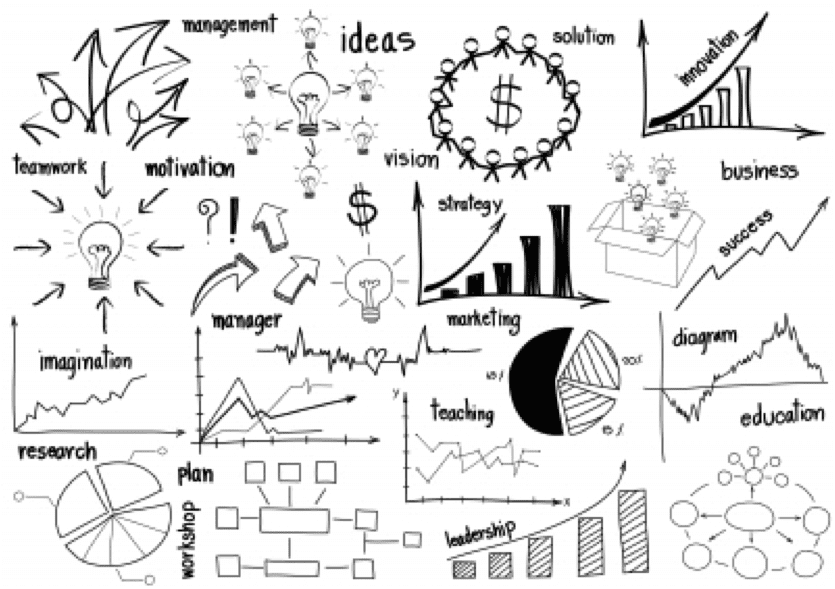In a recent conference call with employees from the United Food Workers (UFW) Union, I shared two case studies of STS (socio-technical systems) designing in which I was the consultant-member of the organizations’ design teams. Both of the case studies involved unionized workplaces where management and union collaborated to design humane, healthy, innovative work and workplaces.
The first of the redesign cases (a telecommunications company) began its design and implementation process in 1988-89 at a time when change moved at a much slower pace. The redesign of this workplace and its implementation throughout the larger system extended over a four-year period. You are probably thinking that this is a rather dated case study and you are right, but it gave me the opportunity to illustrate to the UFW how the rapid pace of change in our turbulent, complex global environment has impacted the practice of organizational design. Firstly, the majority of organizations in today’s iVUCA (interconnected, volatile, uncertain, complex and ambiguous) economy cannot spend four years redesigning themselves. Today’s organizations need to redesign in the moment as customer demand emerges, which is why I also shared with them the second, more recent case, of an urban transit system (2008-09).
In the urban transit workplace, the luxury of staging a workplace redesign over an extended period of time did not exist nor does it exist in other contemporary workplaces. Both digitization and globalization require profit-driven organizations to rapidly act and adapt in their environments or their more agile competitors will successfully steal their customers. In response to the demands of such an environment, the transit workers, union executive and managers designed a collaborative work system that allowed them to design and do in the moment. In other words, as demands arose, they were collaboratively and with deliberate intent handled. In today’s iVUCA world, we are changing organizations one meeting at a time. These daily successes amass and enable organizations intent on whole system design to dig deeper into their organizing systems (strategic, structural, technological, people) in order to create shared purpose and collaborative values.
After I shared these two organization design cases — both motivated by crisis in the form of strike action — the UFW employees posed two insightful questions to me.
- What can we do when upper management is not crisis motivated to cooperate with the union in designing new ways of working?
- What can we do when front-line management does not want to collaborate with their workforce?
Not all organizations are unionized or find themselves with their backs against the wall in what feels like a do-or-die situation. In these cases, how do you motivate upper management to see the benefits of designing new ways of working and of having their employees be active participants in the process? On a small practical scale, my advice would be to find one manager in the organization who you know recognizes the benefits of collaboration and humane working conditions, and begin building a relationship with her/him. Collaborate with this manager to conduct an experiment within her/his work unit and measure your results. The output of the work unit will speak for itself and can be used to rationalize bringing the larger organization on board.
As for the second question pertaining to front-line managers not wanting to collaborate with their workforce, the short answer is . . . fear, and fear drives human dysfunction. Furthermore, where fear is present and rampant, there is likely a skill shortage among the leadership ranks. My recent blog — A Leadership Rant: Let Go of Fear & Control — itemizes the fears shared by leaders and offers a solution.
What solution do you use to drive out your fear?
For more on diminishing and transforming fear, click here.





